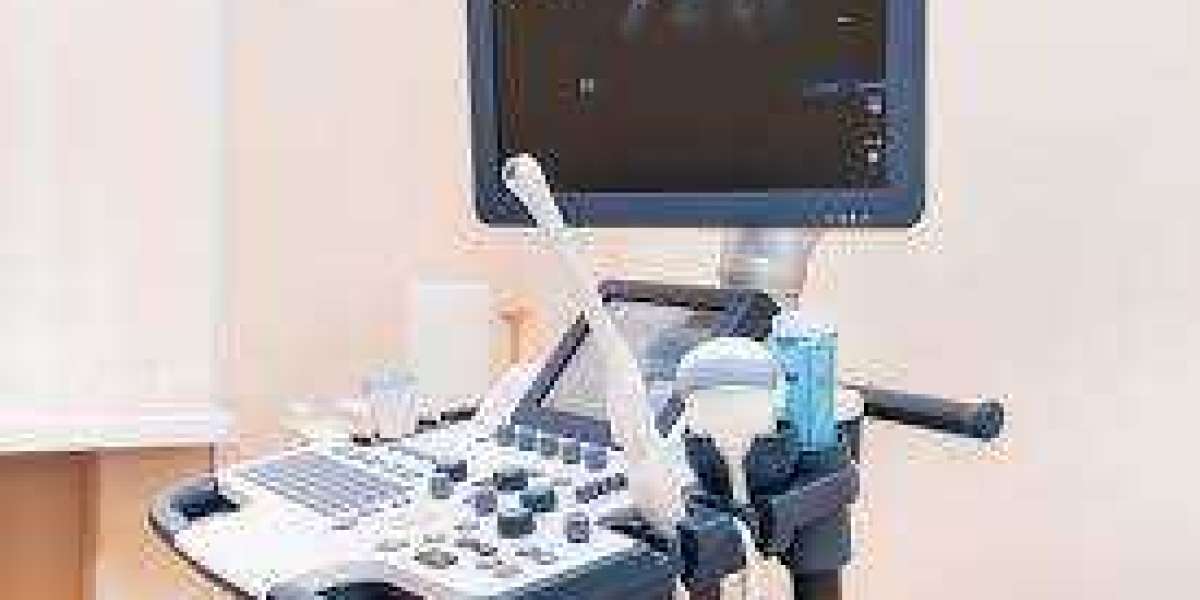IMARC Group, a leading market research company, has recently releases report titled “Ultrasound Devices Market: Global Industry Trends, Share, Size, Growth, Opportunity and Forecast 2023-2028.” The study provides a detailed analysis of the industry, including the global ultrasound devices market trends, size, share and growth forecasts. The report also includes competitor and regional analysis and highlights the latest advancements in the market.
Industry Overview of Ultrasound Devices Market
An ultrasound scan, or sonography, is a medical examination that uses high-frequency sound waves to record real-time images of the interior of the body. It aids medical professionals in the non-invasive diagnosis of problems of the liver, kidneys, ovaries, pancreas, uterus, testicles, bladder, eyes, gallbladder, spleen, thyroid, and blood vessels. It also helps see a developing fetus during pregnancy, as ultrasound does not use radiation compared to other imaging methods. Currently, ultrasound devices are widely used to guide a needle for biopsy or tumor treatment, check the thyroid gland, find genital and prostate problems, evaluate metabolic bone diseases and examine a breast lump.
How Big Is the Ultrasound Devices Market?
The global ultrasound devices market size reached US$ 8.9 Billion in 2022. Looking forward, IMARC Group expects the market to reach a value of US$ 14.6 Billion on by 2028, exhibiting a growth rate (CAGR) of 5.4% during 2023-2028.
Global Ultrasound Devices Market Trends and Drivers:
The global ultrasound devices market is primarily driven by the rising prevalence of chronic and lifestyle disorders among the masses. Moreover, the surging adoption of ultrasound devices for diagnostic imaging and treatment is positively influencing the market growth. Additionally, there has been rising demand for minimally invasive procedures as they are less painful, require less recovery time, and involve fewer complications. Along with this, the increasing use of ultrasound technology in fusion with CT/MR, laparoscopic ultrasound, shear wave elastography, wireless transducers, app-based ultrasound technology, and 3D imaging has catalyzed market growth. Other factors, including rising demand for handheld ultrasound devices, the integration of artificial intelligence (Al) in ultrasound devices, and rapid expansion in the healthcare industry, are also anticipated to create a positive market outlook.
Report Segmentation:
The report has been segmented the market into following categories:
Breakup by Product Type:
- Diagnostic Ultrasound Systems
- 2D Imaging Systems
- 3D and 4D Imaging Systems
- Doppler Imaging
- Therapeutic Ultrasound Systems
- High-Intensity Focused Ultrasound (HIFU)
- Extracorporeal Shockwave Lithotripsy (ESWL)
Breakup by Device Display Type:
- Color Ultrasound Devices
- Black and White (B/W) Ultrasound Devices
Breakup by Device Portability:
- Trolley/Cart-Based Ultrasound Devices
- Compact/Handheld Ultrasound Devices
Breakup by Application:
- Radiology/General Imaging
- Obstetrics/Gynecology
- Cardiology
- Urology
- Vascular
- Others
Breakup by End Use:
- Hospitals
- Imaging Centers
- Research Centers
By Geography:
- North America (United States, Canada)
- Europe (Germany, France, United Kingdom, Italy, Spain, Others)
- Asia Pacific (China, Japan, India, Australia, Indonesia, Korea, Others)
- Latin America (Brazil, Mexico, Others)
- Middle East and Africa (United Arab Emirates, Saudi Arabia, Qatar, Iraq, Other)
List of Major Key Players:
Canon Medical Systems Corporation (Canon Inc.), CHISON Medical Technologies Co. Ltd., Esaote SpA, Fujifilm Holdings Corporation, General Electric Company, Hologic Inc., Konica Minolta Inc., Koninklijke Philips N.V., Samsung Medison Co. Ltd. (Samsung Electronics Co. Ltd.), Shenzhen Mindray Bio-Medical Electronics Co. Ltd., Siemens Healthcare GmbH (Siemens AG) and Trivitron Healthcare.








